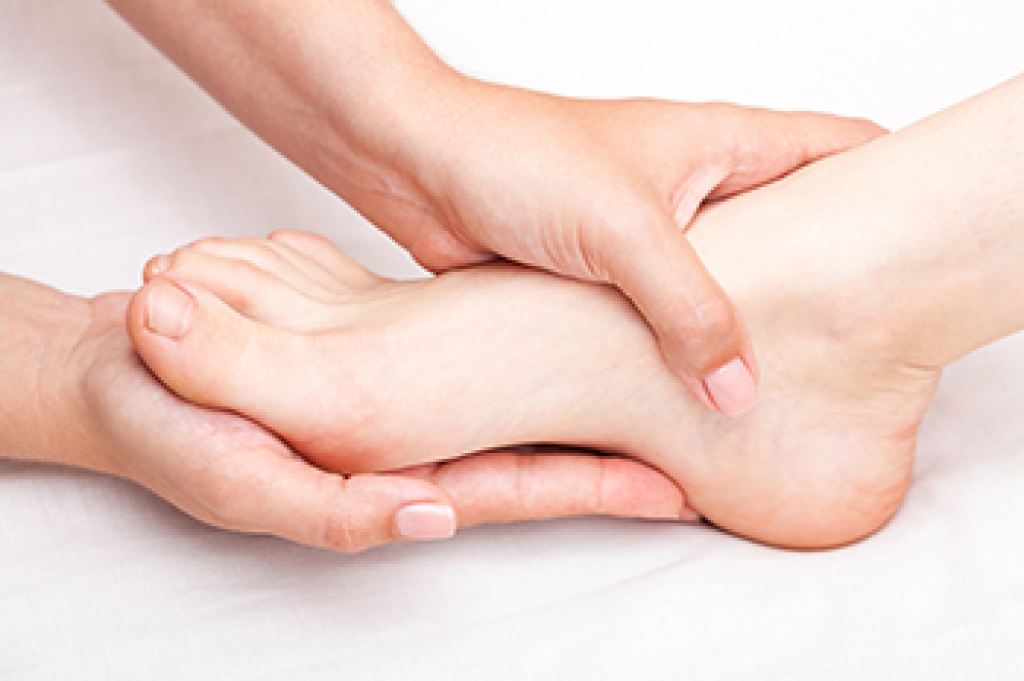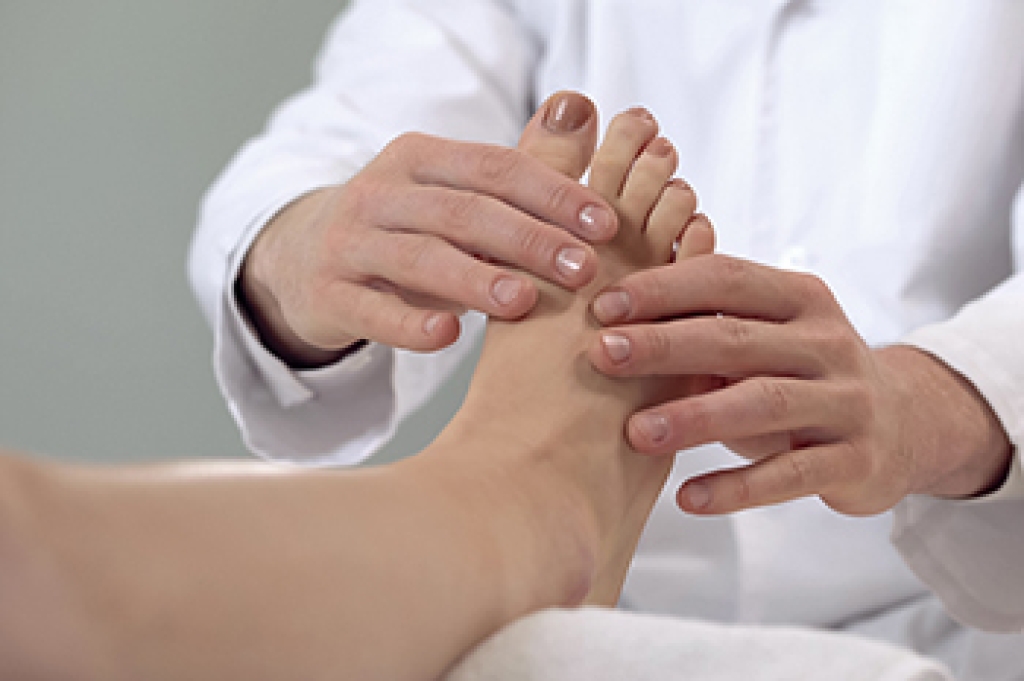
Osteoarthritis is a degenerative joint disease that affects joints in any part of the body, including the ankle and foot. Commonly affected joints of the foot are the ankle, the three joints of the hindfoot, the midfoot, and the big toe. Symptoms of osteoarthritis include stiffness and pain. There may also be swelling, a limited range of motion, bone spur development, and difficulty in walking. When one has osteoarthritis, cartilage, serving as a protective layer for the ends of bones that form joints, gradually wears down. Injury (such as severe sprains and fractures) and abnormal foot structure or mechanics (like flat feet) can lead to osteoarthritis. Other types of arthritis may mimic osteoarthritis, which is why it is important to consult with a podiatrist. Such a professional will provide a proper diagnosis and treatment options for you.
Arthritis can be a difficult condition to live with. If you are seeking treatment, contact Andrew Katz, DPM from Allcare Foothealth Center. Our doctor can provide the care you need to keep you pain-free and on your feet.
Arthritic Foot Care
Arthritis is a term that is commonly used to describe joint pain. The condition itself can occur to anyone of any age, race, or gender, and there are over 100 types of it. Nevertheless, arthritis is more commonly found in women compared to men, and it is also more prevalent in those who are overweight. The causes of arthritis vary depending on which type of arthritis you have. Osteoarthritis for example, is often caused by injury, while rheumatoid arthritis is caused by a misdirected immune system.
Symptoms
- Swelling
- Pain
- Stiffness
- Decreased Range of Motion
Arthritic symptoms range in severity, and they may come and go. Some symptoms stay the same for several years but could potentially get worse with time. Severe cases of arthritis can prevent its sufferers from performing daily activities and make walking difficult.
Risk Factors
- Occupation – Occupations requiring repetitive knee movements have been linked to osteoarthritis
- Obesity – Excess weight can contribute to osteoarthritis development
- Infection – Microbial agents can infect the joints and trigger arthritis
- Joint Injuries – Damage to joints may lead to osteoarthritis
- Age – Risk increases with age
- Gender –Most types are more common in women
- Genetics – Arthritis can be hereditary
If you suspect your arthritis is affecting your feet, it is crucial that you see a podiatrist immediately. Your doctor will be able to address your specific case and help you decide which treatment method is best for you.
If you have any questions please feel free to contact our office located in Palmdale, CA . We offer the newest diagnostic tools and technology to treat your foot and ankle needs.




